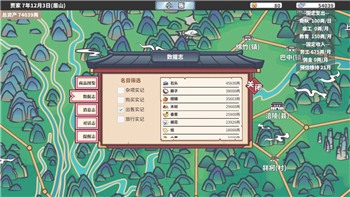智利藤壶的生长对温度非常敏感
- 24小时月刊
- 2024-11-30
- 6
Here are two facts that make the lowly
barnacle(藤壶) important: They are popular models for ecology research, and they are very sensitive to temperature. Given that, the authors of a new study about a
bellwether1(前导) community of two barnacle species in Chile figured they might see clear effects on competition between these two species if they experimentally changed temperature. In the context of climate change, such an experiment could yield profound new insights into the biological future of a major coastline that is prized for its
ecological
2,
aesthetic
3, and economic values. But in the study to be printed in the April 2014 issue of the Journal of Experimental
Marine
4 Biology and Ecology, the scientists found no significant effect of temperature on competition at all. That surprising non-finding may have its own implications., ,"The
dominant
5 if somewhat dated
narrative
6 in marine ecology, and ecology more broadly, is that competition is a major structuring force in natural communities," said co-author Heather Leslie, assistant professor of environmental studies and biology at Brown University. "We know it's a more nuanced story, but to find cases where it's a bit of a draw is really unusual.", ,Moreover, temperature did not turn out to be the
mediating
7 factor., ,"Temperature wasn't the beast that we often think of it being, which in itself is surprising," Leslie said., ,Plenty of studies of other co-occurring barnacles would have suggested otherwise. In the North Atlantic, there is a well-documented and clear dynamic between two barnacle species, the little gray barnacle (Chthamalus fragilis) and the northern rock barnacle (Semibalanus balanoides). The little gray barnacle can only survive high up on the rocks, where it is hottest and driest, because farther down it gets
thoroughly
8 routed by the northern rock barnacle. Temperature, in other words, provides the little gray's only refuge., ,The picture in Chile was downright unclear. Previous studies had yielded conflicting hints about how temperature might affect the competition between two southern hemisphere barnacle species, Jehlius cirratus and Notochthalamus scabrosus. Led by Emily Lamb, who began the work as a Brown undergraduate concentrating in environmental science and is now a research assistant at the Estación Costera de Investigaciones Marinas (ECIM) in Chile, the team devised an experiment to get a more
definitive
9 answer.
本文由明日于2024-11-30发表在生活百科-红苹果乐园,如有疑问,请联系我们。
文章摘自:http://hpgly.com/post/35929.html
下一篇
太阳能可转化为化学燃料











![[流言板]雷尔森传中,穆科科近距离射门打飞](/zb_users/upload/2024/12/3111596453046865195.gif)